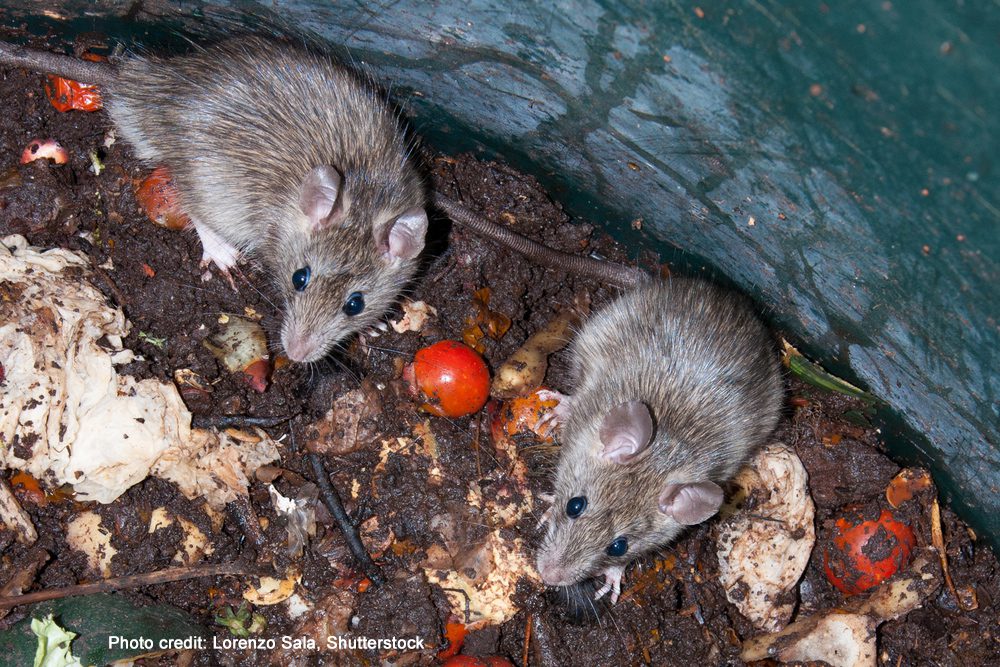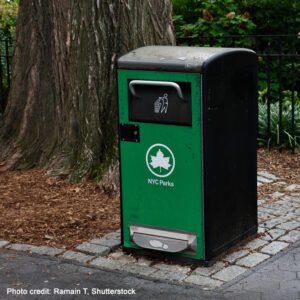
Sep 14, 2023 Managing the Real Rat Race in Cities
As the world trends more urban, the opportunities for animals that have evolved to live close to humans (e.g., house mice and black and brown rats) have also increased. The UN estimates that 55% of the world’s population is urban, whereas the EU estimates that 85% is urban.
According to an April 21, 1944, article in “The New Yorker” by Joseph Mitchell discussing New York’s eternal war on rats, two main species occupy cities worldwide. The black rat (Rattus rattus rattus) originated in India and spread globally along trade routes in the Middle Ages. The brown (or Norway) rat (Rattus norvegicus) originated in Central Asia and spread westward. Mitchell reports that it is believed the brown rat arrived in the US during the Revolutionary War and then spread across America. The brown rat is larger and fiercer than the black rat but is not as agile and typically lives at or below street level.
Rats will eat almost anything organic and are very destructive. For example, rats may have accidentally started fires by gnawing on and shorting out electrical wiring. Rats also carry several zoonotic diseases, the most infamous of which is the bubonic plague (the cause of the Black Death in medieval Europe). The bubonic plague is still a threat, and ships, especially those arriving from ports with reported cases of bubonic plague, continue to be carefully inspected by local port authorities for the presence of rats, and the fleas that transmit the bacterium.
Professor Jason Munshi-South of Fordham University, an expert in urban ecology, notes in a recent Op-Ed (August 27, 2023, NY Times) that New York City’s attempts to control its urban rat population using a range of poisons (60,000 lbs. of rat poison spread across the streets of New York City in 2021) and traps are unlikely to be successful. Rats can reinfest a locality very quickly. A female rat becomes sexually mature at six weeks and can produce 25-35 young in a year in good conditions.
The common methods of rat control differ in their humane profiles. Appropriately sized and positioned snap-traps usually result in a quick death for a rodent and tend to be recommended by animal welfare organizations as the most humane rodent control option. In contrast, the typical anti-coagulant rodenticide can take days to kill, while popular rodent glue traps are particularly inhumane. A rat (or other unfortunate creature) may struggle for days to free itself from a glue trap before dying of starvation or suffocation. The UK, responding to animal welfare concerns, recently banned the use of glue traps by the public. The humaneness of rodent control was also addressed in a recent Washington Post story about a small group of people whose dogs hunt and kill rats during night patrols in the city’s alleys.
A potentially more humane (and effective?) rodent control technology may now be available. Drs. Loretta Mayer and Cheryl Dyer developed a bait, Contrapest, that reduces rodent reproduction. They formed a company, Senestech, to market it and to run field trials at New York and Washington, DC, test sites. According to Senestech, Contrapest reduced rat presence in both the Washington test sites. However, the Contrapest trial in Bryant Park in New York City was reportedly unsuccessful, although the period of Contrapest use was most likely too short (1.5 months) to produce a noticeable impact on rat activity in Bryant Park. Despite the brief time span of the trial, sightings of rats by the Bryant Park security staff fell by two-thirds during the trial period. Urban managers typically expect fertility control to act more rapidly than expected. Fertility control approaches to manage roaming dogs and cats usually take at least two years to produce observable changes.

Although continued refinement of rat fertility control is desirable, addressing and changing human behavior will be even more critical, according to Professor Munshi-South. Discarded unwanted food and food waste must be managed much better. A daily ounce of food scrounged from discarded fast-food containers or wrapping paper is all that is needed to maintain a healthy adult rat. As far as is reasonable, buildings must also be rat-proofed and access to safe shelters for rats eliminated. Other innovations are also welcome – such as New York City’s high-tech, solar-powered, rat-proofed trash can, as demonstrated by the trash can on the sidewalk outside the American Natural History Museum.


